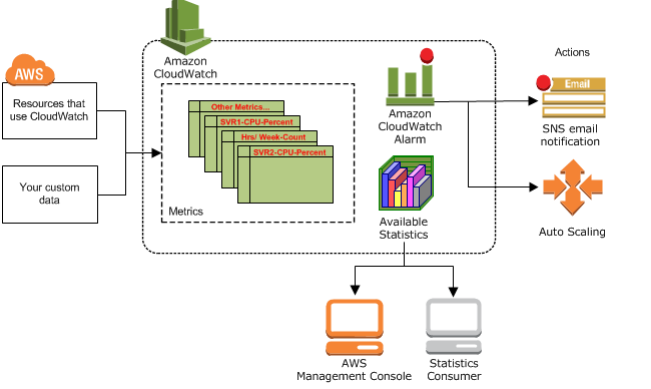What is AWS IoT Analytics?
665
0
·
2019/08/26
·
4 mins read
☕
WriterShelf™ is a unique multiple pen name blogging and forum platform. Protect relationships and your privacy. Take your writing in new directions. ** Join WriterShelf**
WriterShelf™ is an open writing platform. The views, information and opinions in this article are those of the author.
Article info
Categories:
⟩
⟩
Tags:
Date:
Published: 2019/08/26 - Updated: 2020/05/25
Total: 968 words
Like
or Dislike
More from this author
More to explore











AWS IoT Analytics automates the steps required to analyze data from IoT devices. It filters, transforms, and enriches IoT data before storing it in a time-series data store for analysis. You can set up the service to collect only the data you need from your devices, apply mathematical transforms to process the data, and enrich the data with device-specific metadata such as device type and location before storing it. Then, you can analyze your data by running queries using the built-in SQL query engine, or perform more complex analytics and machine learning inference. AWS IoT Analytics enables advanced data exploration through integration with Jupyter Notebooks. It also enables data visualization through integration with Amazon QuickSight.
Traditional analytics and business intelligence tools are designed to process structured data. IoT data often comes from devices that record noisy processes (such as temperature, motion, or sound). As a result the data from these devices can have significant gaps, corrupted messages, and false readings that must be cleaned up before analysis can occur. Also, IoT data is often only meaningful in the context of other data from external sources. AWS IoT Analytics enables you to address these issues and collect large amounts of device data, process messages, and store them. You can then query the data and run sophisticated analytics on it. AWS IoT Analytics includes pre-built models for common IoT use cases so you can answer questions like which devices are about to fail or which customers are at risk of abandoning their wearable devices. Take your career to new heights of success with a AWS Online Training.
Why Use AWS IoT Analytics?
Benefits
Use Cases